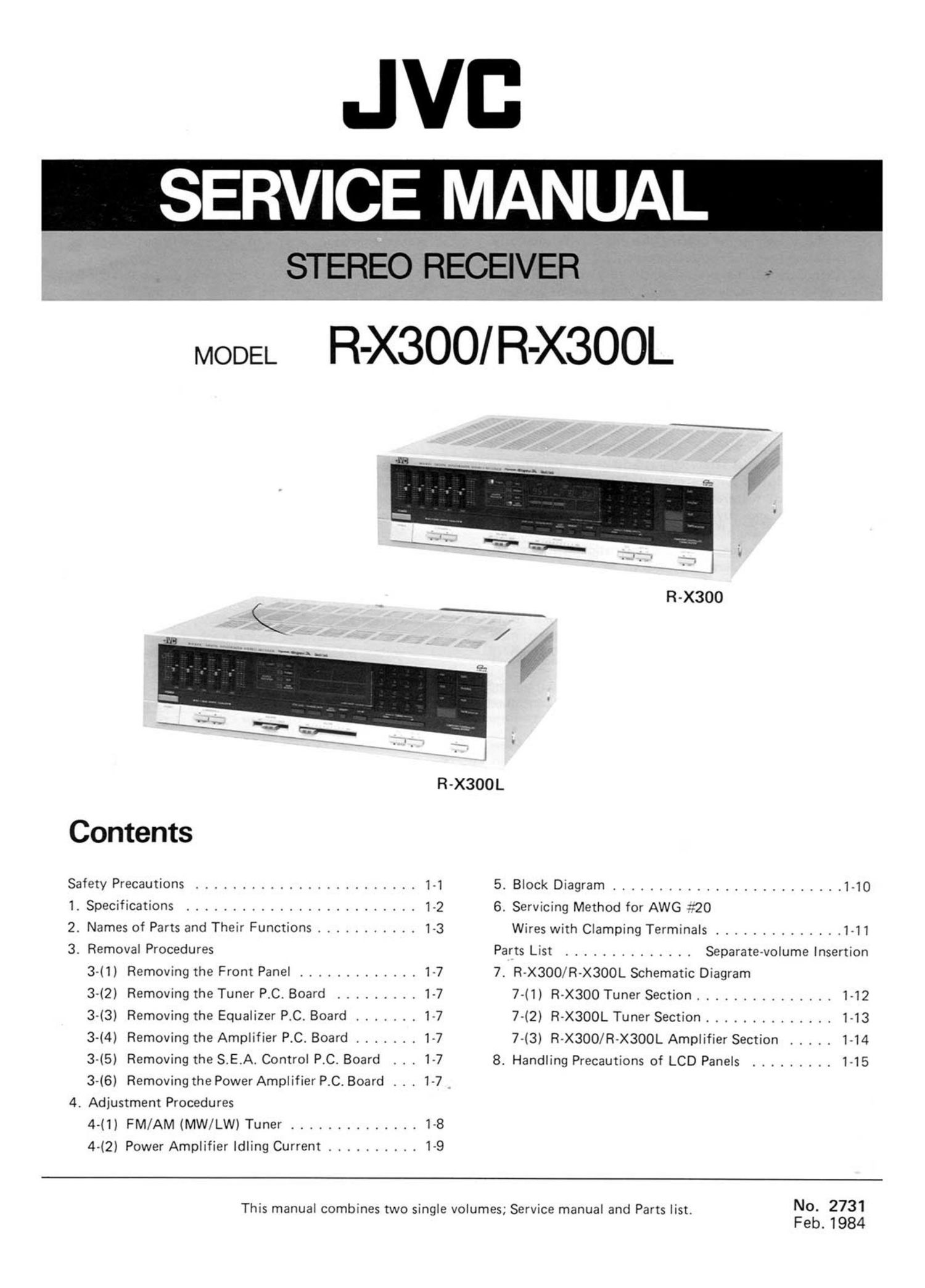Jvc R X300 Service Manual
This is the 17 pages manual for Jvc R X300 Service Manual.
Read or download the pdf for free. If you want to contribute, please upload pdfs to audioservicemanuals.wetransfer.com.
Page: 1 / 17
